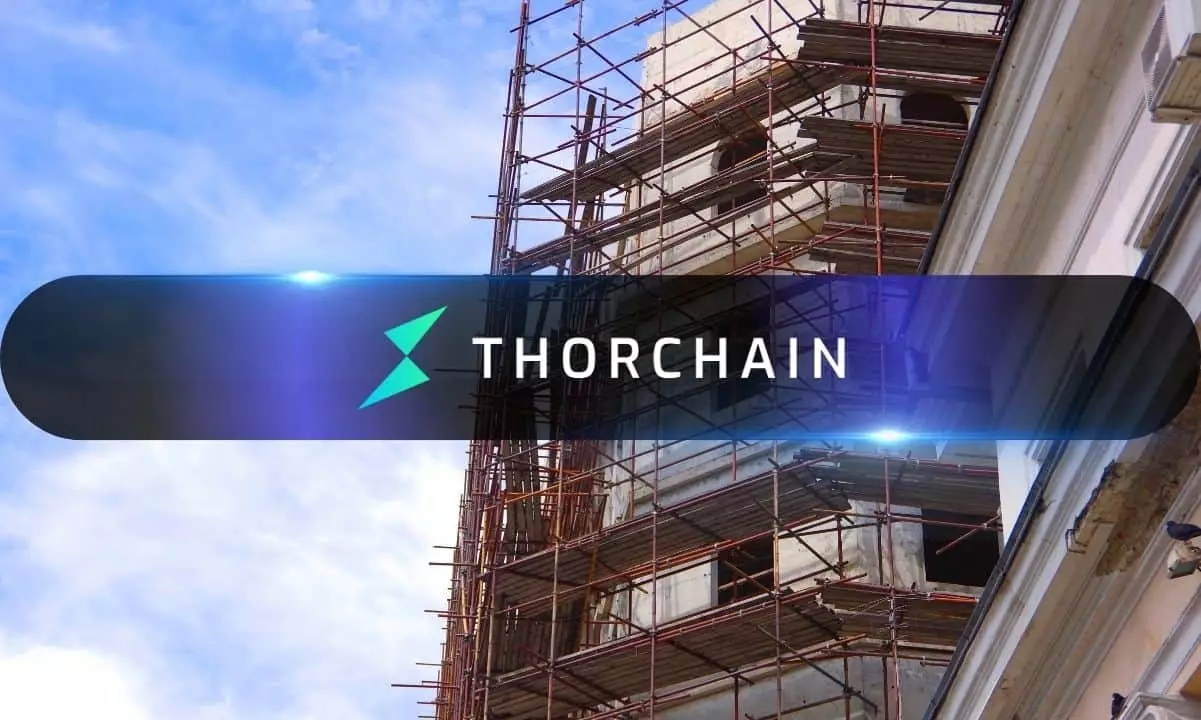THORChain, a decentralized cross-chain liquidity protocol, recently faced a significant financial upheaval, culminating in a governance decision to tackle an impending crisis marked by nearly $200 million in debt. This fiscal turmoil has not only prompted the need for immediate action but has set the stage for a major restructuring initiative—the sixth governance proposal aimed at salvaging the project’s ecosystem. The core of this strategy involves an innovative approach to debt management that translates defaulted obligations into TCY (Thorchain Yield) equity tokens, effectively transforming potential liabilities into a more stable asset class within the protocol.
A Token-Based Solution
The approved proposal encompasses minting 200 million TCY tokens to distribute to users impacted by the debt crisis. These tokens will be allocated at a ratio of one TCY for every dollar of defaulted debt, ensuring that users directly benefit from the protocol’s recovery efforts. Furthermore, this strategic distribution is designed to offer enduring incentives by granting TCY token holders 10% of the protocol’s fees on an indefinite basis. This creates a vested interest in promoting liquidity as it encourages users to remain engaged with the ecosystem long after the immediate crisis has passed.
To foster a stable economic environment, a shallow RUNE/TCY liquidity pool will be established, valuing TCY at $0.10 per token. The governance body has earmarked $5 million from its treasury for buybacks over a defined period of ten weeks, a move that aims to stabilize price dynamics and mitigate market volatility. This capitalization strategy lays the foundation for a more predictably priced asset, which is essential for both current and future liquidity providers who seek assurance in their investments amid uncertain conditions.
Another component of the proposal introduces Liquidity Nodes, aimed at enhancing capital efficiency while addressing lost revenue from forfeited fees. By inviting more liquidity providers into the governance fold, THORChain can augment its operational framework, ensuring that those who contribute to maintaining network functionality are rewarded fairly. This approach not only incentivizes further participation but also reinforces a community-driven methodology to governance during financially turbulent times.
Context Behind the Restructuring
This governance maneuver follows a period of instability that forced THORChain to suspend its THORFi services back on January 23. Amid rumors of insolvency, the community was called upon to develop a sustainable restructuring plan designed to safeguard the platform while compensating affected users. The response was overwhelming; community members proposed eight independent plans that were meticulously reviewed and voted on by Node Operators, showcasing a collaborative spirit within the community to restore confidence in the platform’s viability.
As these developments unfold, THORChain’s native token, RUNE, has experienced a notable decline in value, plummeting nearly 80% in the wake of the service suspensions since early December. Although there have been minor recoveries, RUNE is currently trading at $1.21, reflecting the ongoing impact of these financial challenges. The necessity of this restructuring speaks not only to THORChain’s determination to navigate through economic adversity but also underscores the volatile nature of the cryptocurrency market, where challenges can arise rapidly and necessitate swift, decisive action. The outcome of this plan will be critical not just for the protocol’s survival but also for rebuilding trust among its user base.

